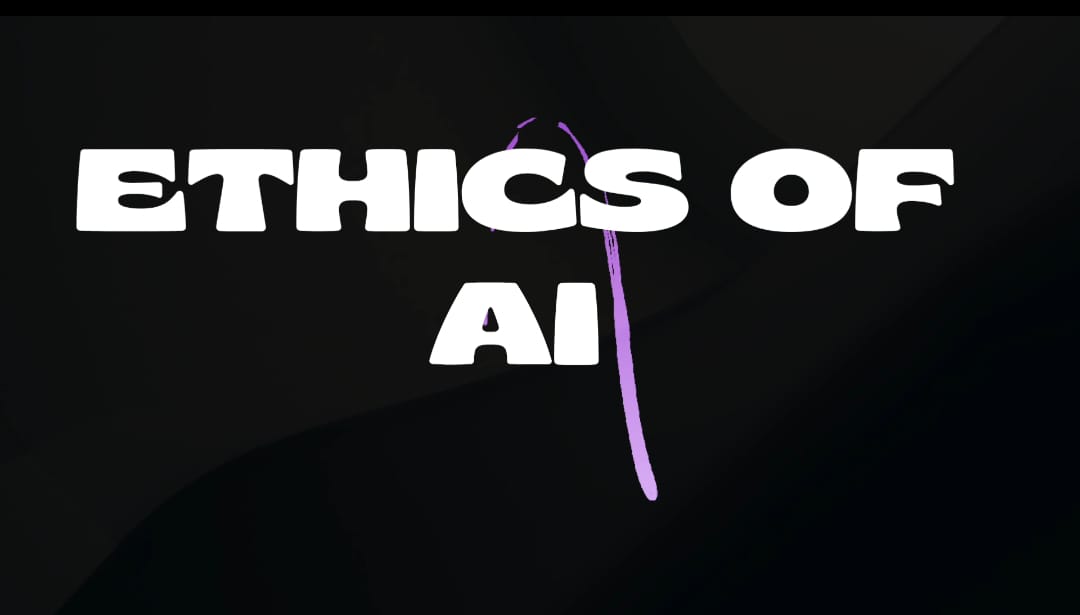Ethics of AI: Can Machines Truly Be Fair?
Introduction
Artificial Intelligence (AI) is transforming industries, from healthcare to finance, but its rapid advancement raises critical ethical questions. Can machines make fair decisions? Is AI use ethical? What laws govern AI to prevent misuse? As AI systems increasingly influence human lives, concerns about bias, accountability, transparency, and regulation have come to the forefront.
This article explores the ethical dilemmas of AI, examines whether machines can achieve true fairness, and discusses the legal frameworks shaping AI development and deployment.
1. The Ethical Dilemma of AI: Can Machines Be Fair?
1.1 Understanding AI Bias
AI systems learn from data, and if the data is biased, the AI will replicate those biases. Examples include:
- Racial bias in facial recognition (e.g., higher error rates for darker-skinned individuals).
- Gender bias in hiring algorithms (e.g., Amazon’s AI recruitment tool favoring male candidates).
- Socioeconomic bias in loan approvals (AI denying loans based on historical discriminatory data).
Theory: The “Garbage In, Garbage Out” (GIGO) principle suggests that flawed input data leads to flawed AI decisions.
1.2 Can AI Achieve True Fairness?
- Mathematical Fairness vs. Human Fairness: AI can be programmed for statistical fairness (e.g., equal false positive rates), but human fairness involves context and morality, which machines lack.
- Trade-offs in Fairness: Sometimes, increasing fairness for one group reduces accuracy for another (Impossibility Theorem of Fairness).
1.3 The Role of Explainability (XAI)
- “Black Box” Problem: Many AI models (e.g., deep learning) are opaque, making it hard to understand their decisions.
- Explainable AI (XAI) aims to make AI decisions transparent and interpretable, ensuring accountability.
2. Is AI Use Ethical? Key Ethical Concerns
2.1 Privacy Violations
- AI-powered surveillance (e.g., China’s social credit system) raises concerns about mass data collection and privacy breaches.
- Facial recognition in public spaces is debated—does it enhance security or infringe on rights?
2.2 Job Displacement & Economic Inequality
- Automation threatens jobs in manufacturing, customer service, and even creative fields.
- Universal Basic Income (UBI) is proposed as a solution, but ethical questions remain about economic fairness.
2.3 Autonomous Weapons & AI in Warfare
- Lethal Autonomous Weapons (LAWs) can make kill decisions without human intervention, raising moral and legal concerns.
- The Campaign to Stop Killer Robots advocates for a global ban on AI weapons.
2.4 AI and Manipulation: Deepfakes & Misinformation
- Deepfake technology can create fake videos, audio, and text, leading to misinformation.
- Ethical dilemma: Should AI-generated content be regulated, or does it infringe on free speech?
3. Laws and Regulations Governing AI
3.1 Global AI Regulations
| Country/Region | Key AI Laws & Policies |
|---|---|
| European Union | AI Act (2024) – Bans high-risk AI (e.g., social scoring) and requires transparency. |
| United States | Algorithmic Accountability Act (proposed) – Mandates bias audits for AI systems. |
| China | New Generation AI Governance Principles – Focuses on ethical AI but also enables state surveillance. |
3.2 Key Legal Principles in AI
- Accountability: Who is responsible if an AI makes a harmful decision? (e.g., self-driving car accidents)
- Transparency: Companies must disclose when AI is used in decision-making (e.g., EU’s GDPR “Right to Explanation”).
- Non-Discrimination: AI must comply with anti-bias laws (e.g., U.S. Equal Credit Opportunity Act).
3.3 Challenges in AI Regulation
- Rapid Technological Change: Laws struggle to keep up with AI advancements.
- Global Enforcement: Different countries have conflicting AI policies.
- Corporate Resistance: Tech giants often lobby against strict AI regulations.
4. Theories on AI Ethics
4.1 Utilitarianism vs. Deontology in AI
- Utilitarian AI: Maximizes overall good (e.g., self-driving cars minimizing casualties).
- Deontological AI: Follows strict ethical rules (e.g., never harming a human).
4.2 Asimov’s Three Laws of Robotics (Revisited)
- A robot may not injure a human.
Criticism: These laws are too simplistic for modern AI.
4.3 The Trolley Problem & Ethical AI
- If an autonomous car must choose between killing one pedestrian or five passengers, what should it do?
- Highlights the difficulty in programming morality into machines.
5. The Future of Ethical AI
5.1 Ethical AI Development Frameworks
- IEEE’s Ethically Aligned Design – Guidelines for human-centric AI.
- OECD AI Principles – Promotes trustworthy and responsible AI.
5.2 The Role of AI Ethics Committees
- Companies like Google and Microsoft have AI ethics boards, but conflicts arise (e.g., Google’s firing of AI ethicist Timnit Gebru).
5.3 Will AI Ever Be Truly Fair?
- Technically Possible? With unbiased data and robust fairness algorithms, AI can reduce—but not eliminate—bias.
- Philosophically Possible? Fairness is subjective; humans debate it, so expecting AI to resolve it may be unrealistic.
6. Conclusion: Balancing Innovation & Ethics
AI holds immense potential but also poses serious ethical risks. While machines can be programmed for statistical fairness, true fairness requires human judgment and ethical oversight. Strong legal frameworks, transparency, and accountability are essential to ensure AI benefits society without causing harm.
Know More – Link
Final Verdict:
✅ AI can be fairer than humans if properly regulated.
❌ But absolute fairness is impossible due to inherent biases and moral complexities.










